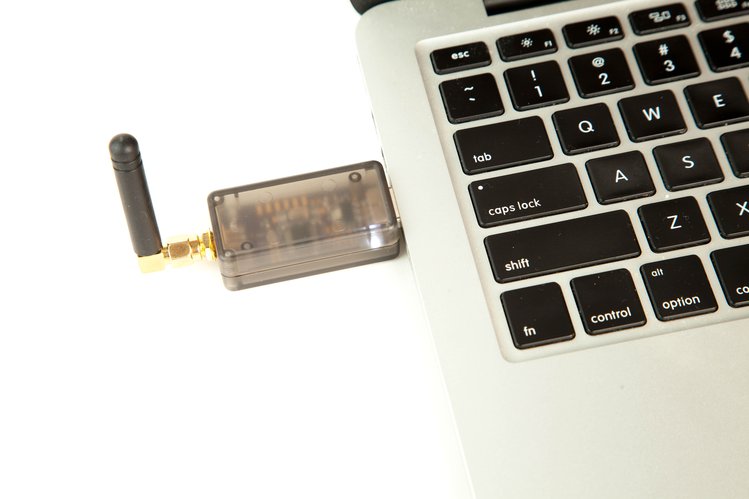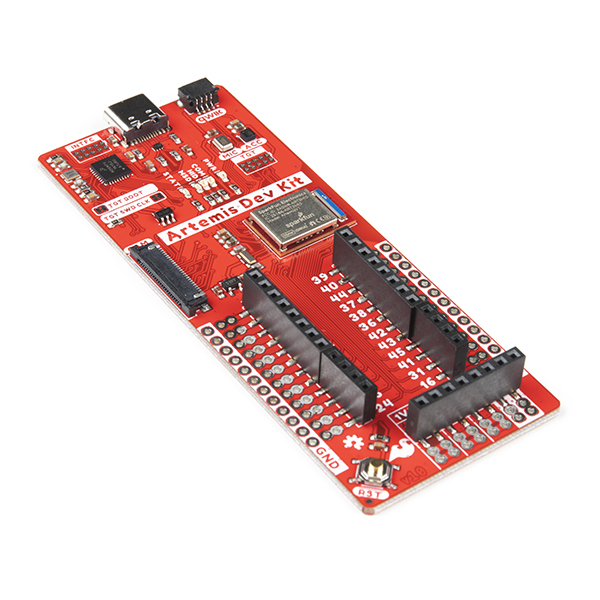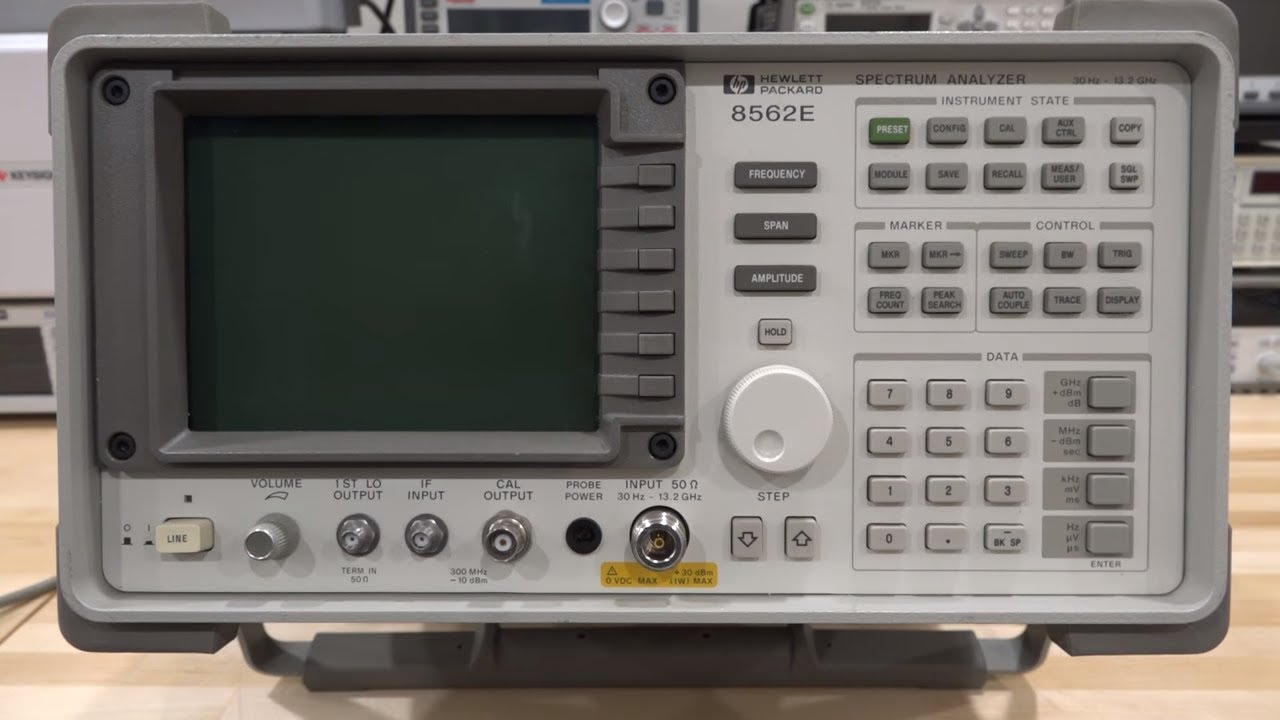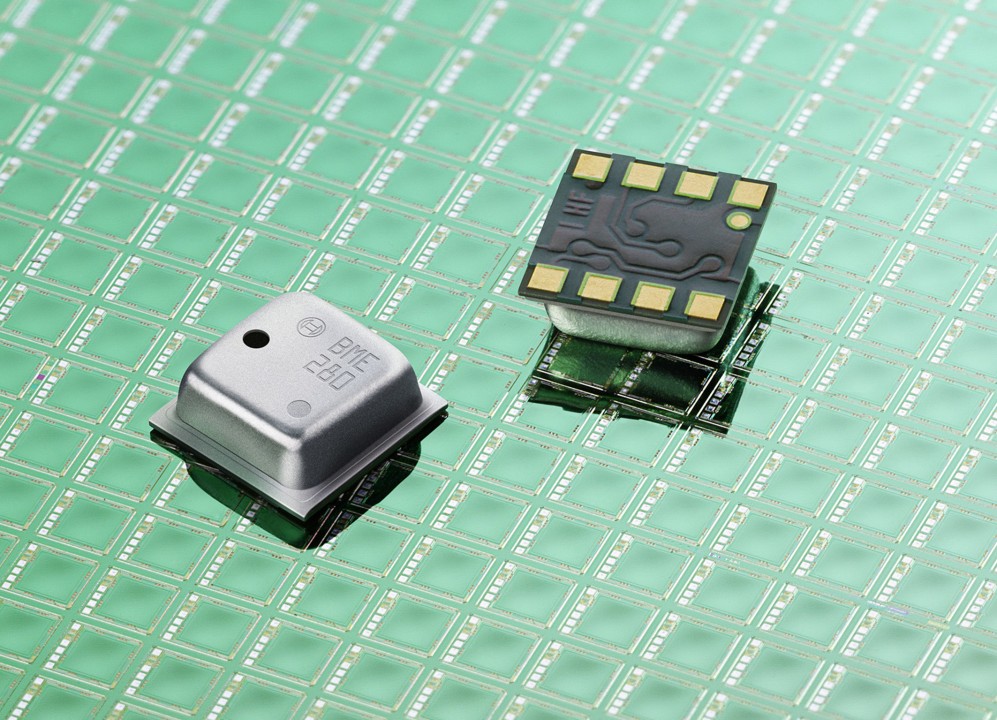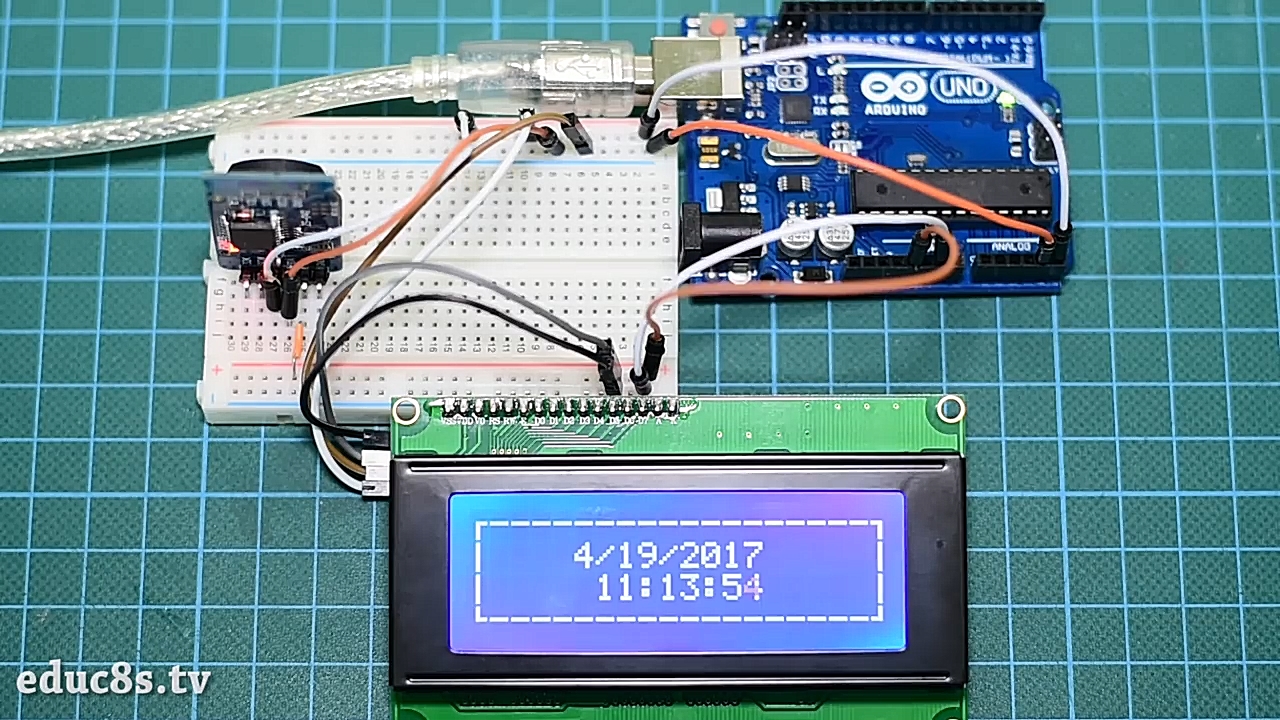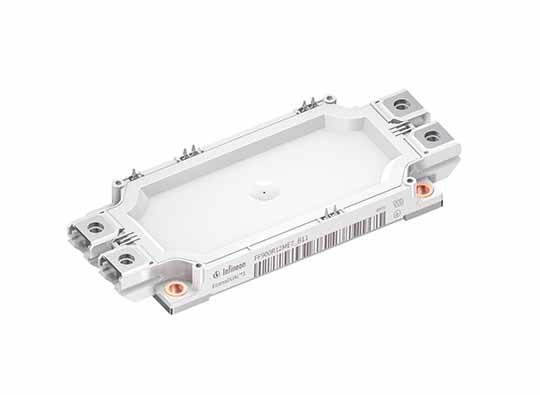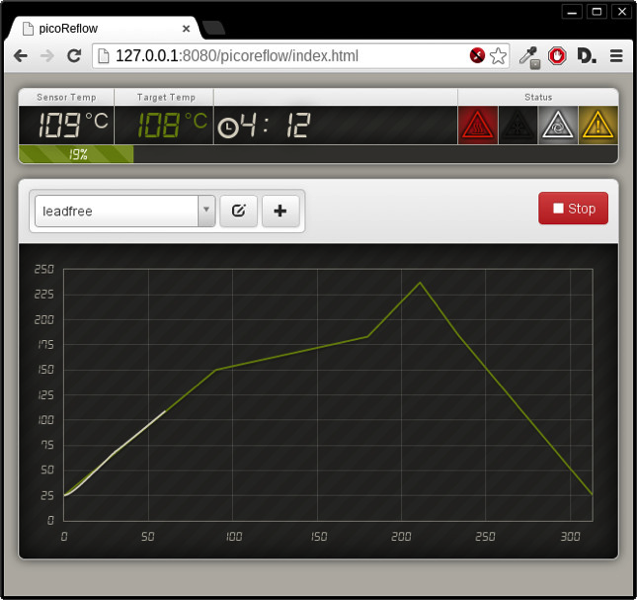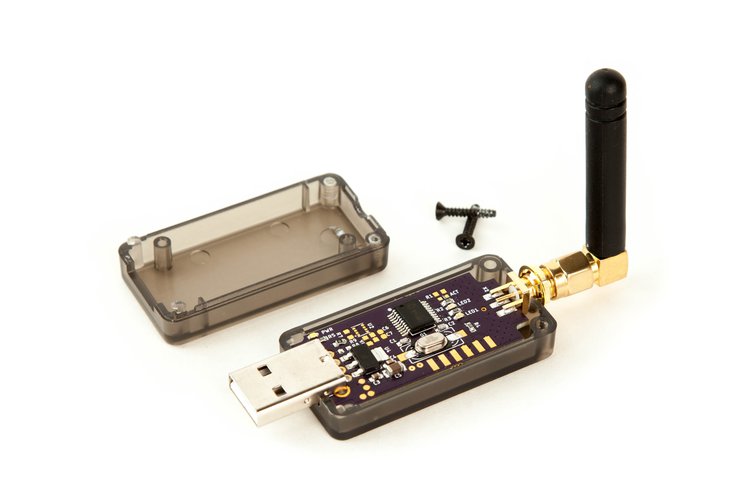
With LoStik you can easily connect to LoRa networks in Open source way! Get connected and take advantage of the growing IoT network.
LoStik by Third Venture is an affordable, easy to use, LoRaWAN™ compatible device. It lets IoT (Internet of Things) integrators, network testers, and hobbyists get connected to LoRa® networks faster, diagnose network issues more easily, and build new and exciting connected devices.
Overview
LoRa® technology is one of the leading wireless technologies powering the emerging Internet of Things. It is used in tons of cool technologies such as automatic meter reading, smart parking, and even livestock tracking. It has the unique ability to send packets over fairly long distances using minimal power (We’re talking kilometers!). LoRa® technology is perfect for devices that are located far away and need to send small amounts of data.
Unfortunately, configuring and deploying these devices can be more challenging than it needs to be. Setting up and testing new networks can also be tiresome and complex. That’s where our device comes in.
Key Features
- Works with any PC, Raspberry Pi, or BeagleBone
- Simple ASCII interface
- Backpack friendly (compare to a dev boards and jumper wires)
- Supports Packet mode LoRa® (packet mode) or LoRaWAN™
- Compatible with The Things Network
- Based on the RN2903/R2483 by Microchip
- Two user-programmable LEDs
- Open source
Specifications
- Connectivity: USB 2.0
- Power Consumption: 140 ma typical TX, 20 ma idle (with power LED)
- Dimensions: 80 mm x 25 mm x 12 mm (without antenna)
- Receiver Sensitivity: down to -146 dBm
- TX Power: adjustable up to +18.5 dBm
- Range: up to 15 km coverage in suburban and up to 5 km coverage in urban areas
Technical Details
Third Venture USB Dongle for LoRa® wireless networks uses a RN2903 (US) or RN2483 (EU) depending on what ITU region you are in; if you are unsure which version you need check out the frequency plan.
LoStik uses a simple ASCII interface. You can configure it and send commands over serial / COM port. Microchip provides a detailed command refference RN2903, RN2483
The radio can be used in packet mode sending packets between nodes. This provides simplex, single-channel communications. If you want to speak LoRaWAN you need a gateway or access to one. Some countries in Europe provide nation-wide coverage.
If you want to tinker with the MCU directly it is possible (but not necessary) to write your own firmware. There is an unpopulated ICSP header and the onboard MCU is a PIC18LF46K22 and Microchip supplies LoRaWAN libraries for use with MPLab.
The project is already funded on www.crowdsupply.com and you can order or build yours today.





